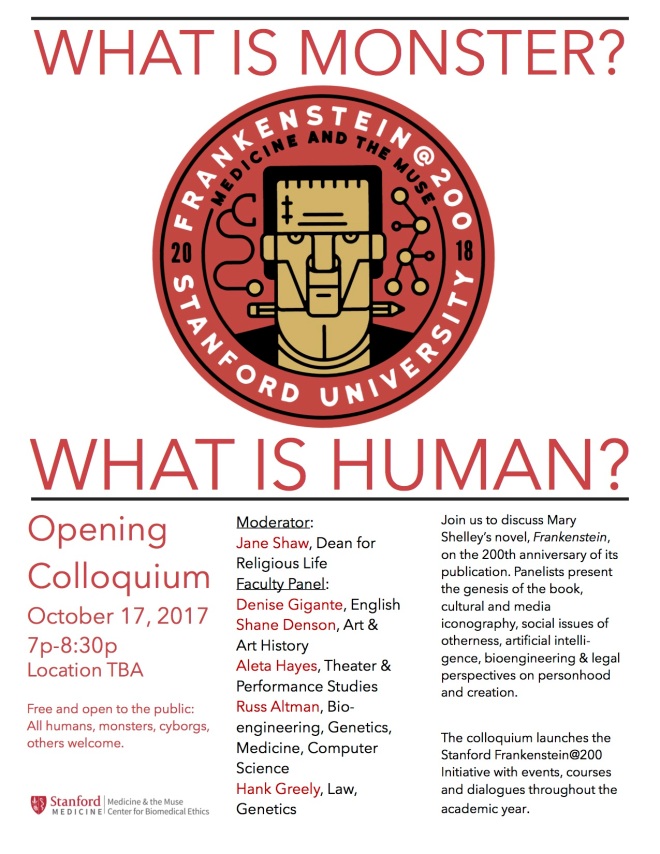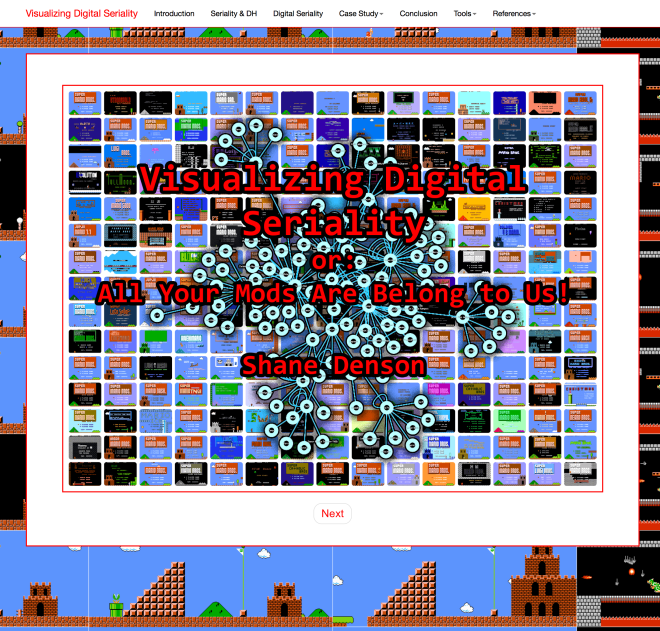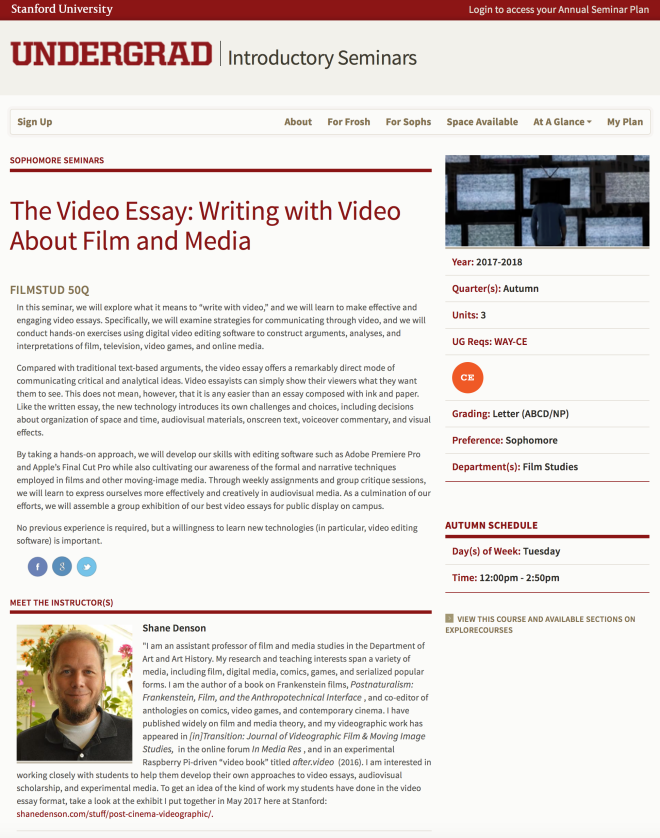I am excited to see my interactive piece, “Visualizing Digital Seriality, or: All Your Mods Are Belong to Us,” out now in the latest issue of Kairos: A Journal of Rhetoric, Technology, and Pedagogy. This is by far the most technically demanding piece of scholarship I have ever produced, and it underwent what is possibly the most rigorous peer-review process to which any of my published articles has ever been subject. If you’re interested in data visualization, distant reading techniques, network graphing, critical code studies, game studies, modding scenes, or Super Mario Bros. (and who doesn’t like Super Mario Bros.?), check it out!
Month: August 2017
The Meaning of “Animation” in Edison’s Frankenstein (1910)
This video is an experimental “annotation essay” that develops a reading of Edison’s Frankenstein (1910) through on-screen text annotations. This is the complete film, unedited except for the annotations and new digital intertitles.
The video’s argument is adapted from Chapter 3 of my book Postnaturalism: Frankenstein, Film, and the Anthropotechnical Interface: “Monsters in Transit: Edison’s Frankenstein.”
This is my second Frankenstein-themed video essay. The first one, on sound in James Whale’s Frankenstein (1931), can be found in the online journal [in]Transition.
What is Monster? What is Human?

Poster for the opening colloquium for Stanford’s Frankenstein@200 Initiative, October 17, 2017. I’ll be speaking alongside Denise Gigante, Aleta Hayes, Russ Altman, and Hank Greely, moderated by Jane Shaw. Location TBA.
Free and open to the public: All humans, monsters, cyborgs, others welcome.
The Video Essay: Writing with Video About Film and Media
This fall, I am excited to teach a new course, “The Video Essay: Writing with Video About Film and Media,” as a part of Stanford’s Introductory Seminars program. Geared towards sophomores from any major, this small class will combine practical instruction in video editing, analysis and discussion of exemplary video essays, hands-on lab sessions, and group critique of student work.
The course draws essential inspiration from the NEH-funded “Scholarship in Sound & Image” workshop, organized by Christian Keathley and Jason Mittell at Middlebury College, which I participated in back in 2015.
More info about the course can be found on Stanford’s Introductory Seminars website.

